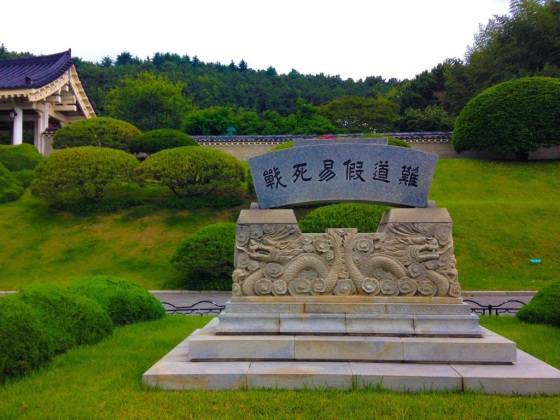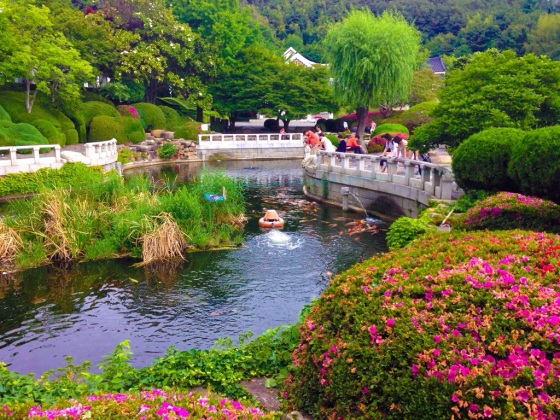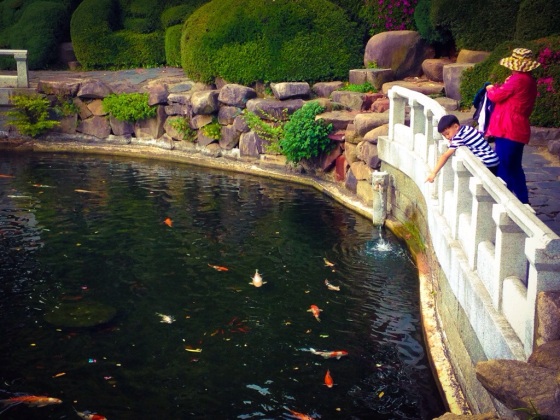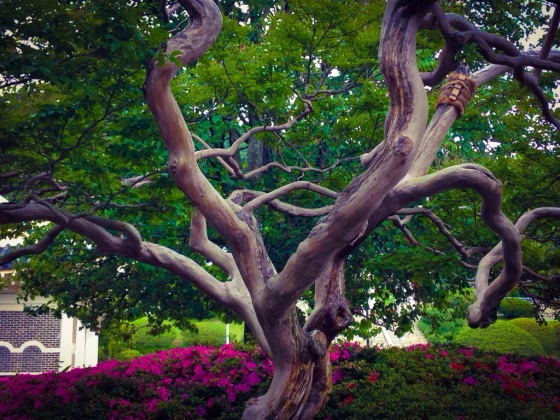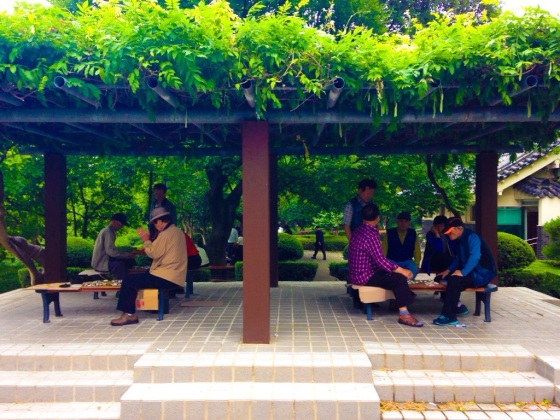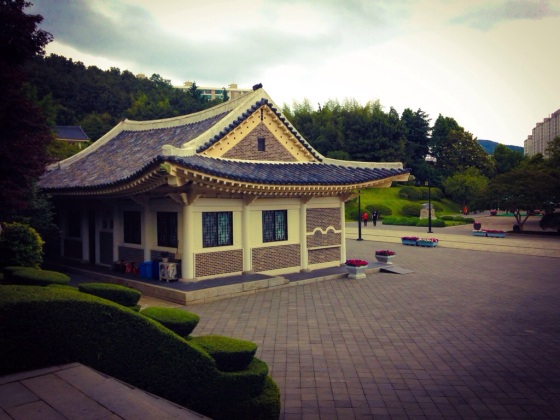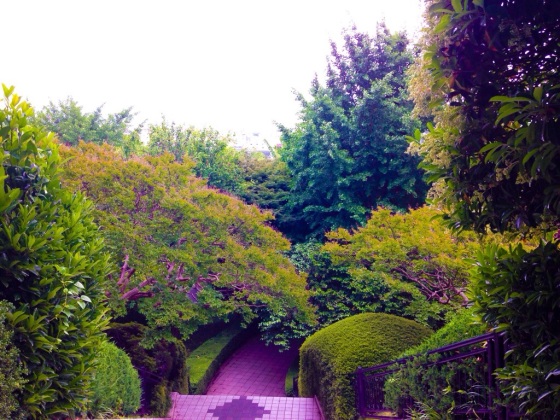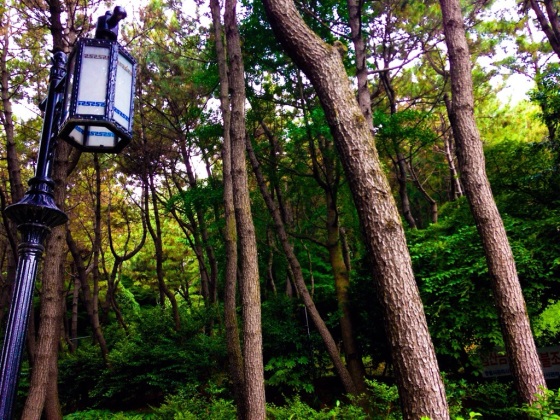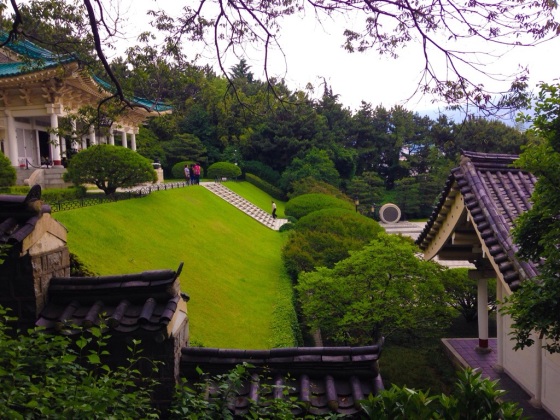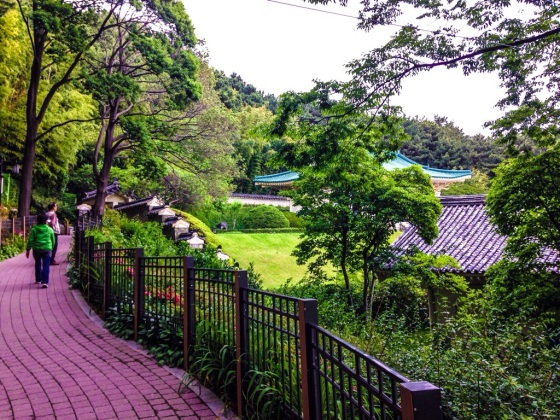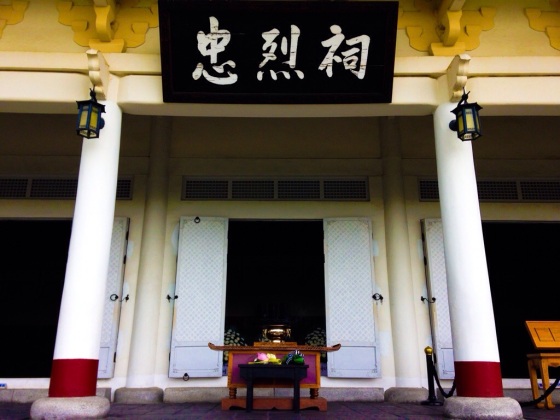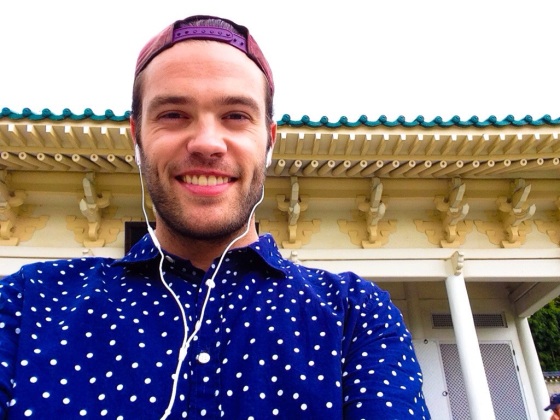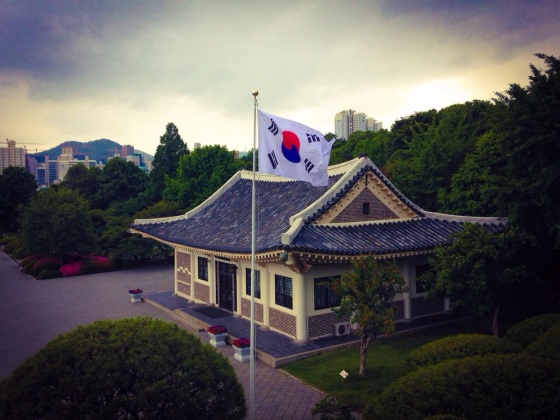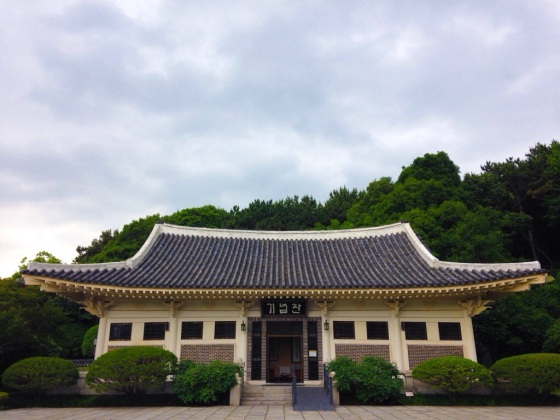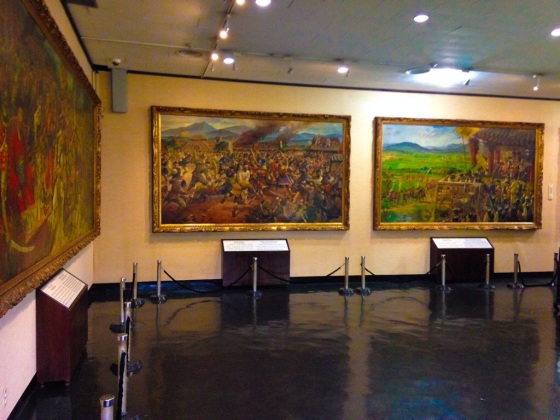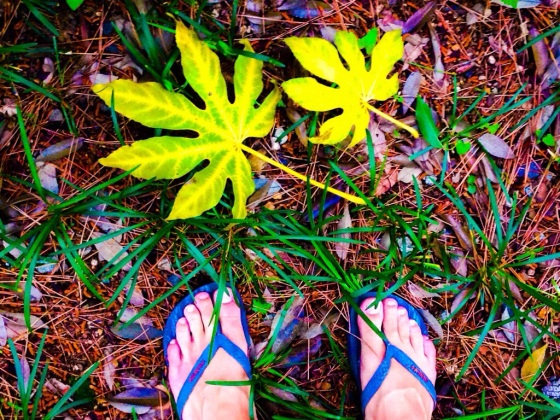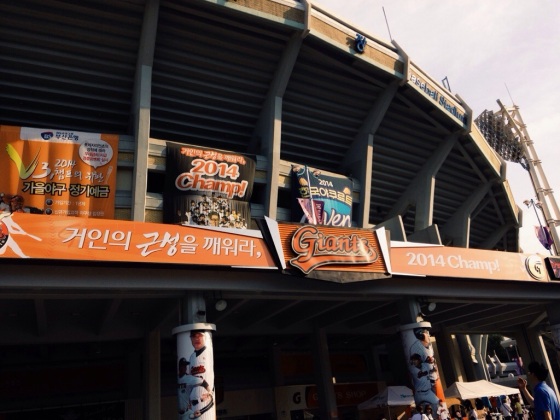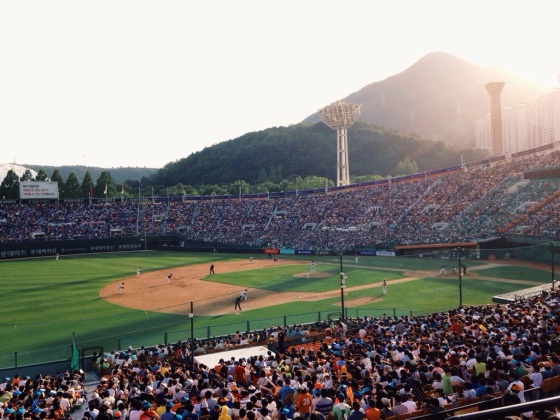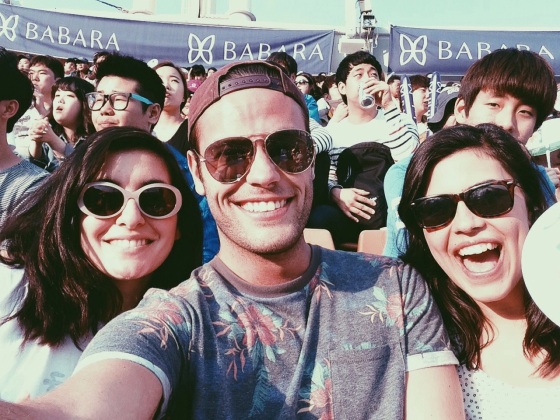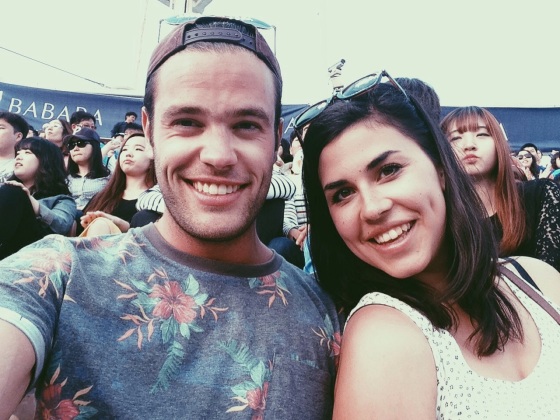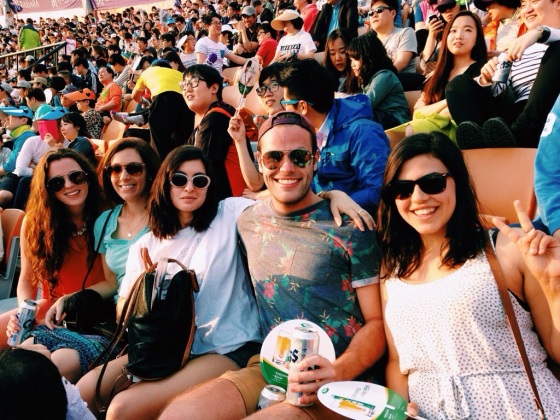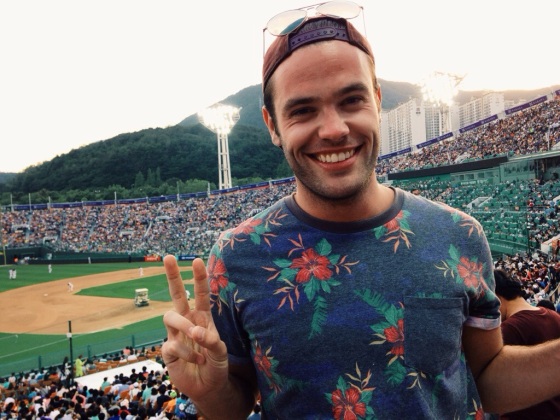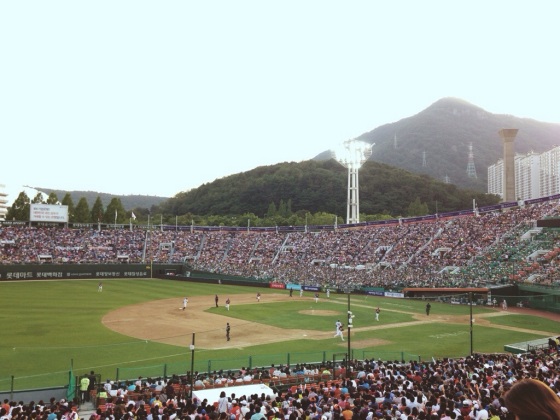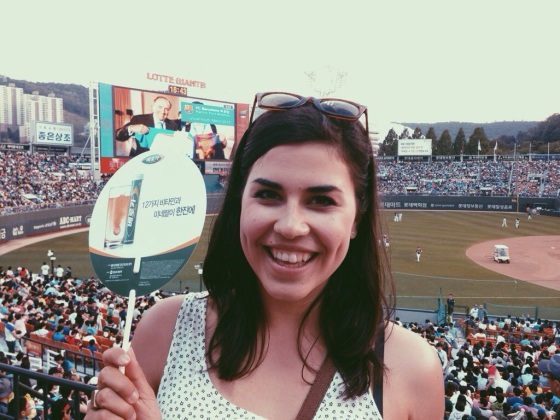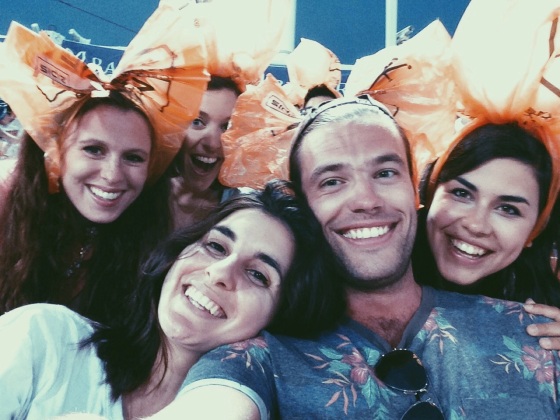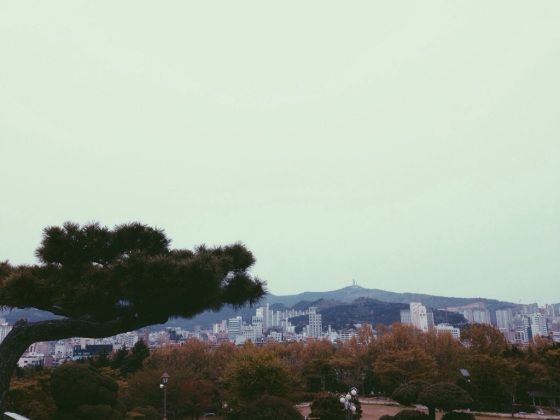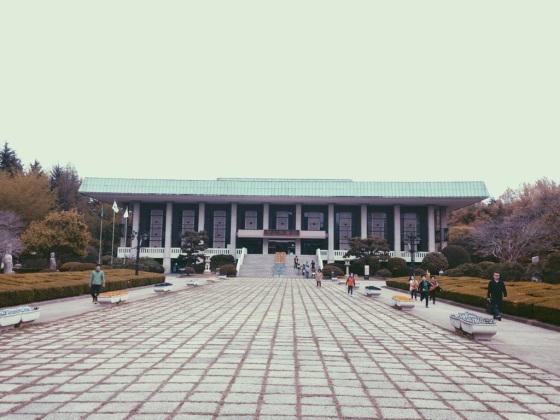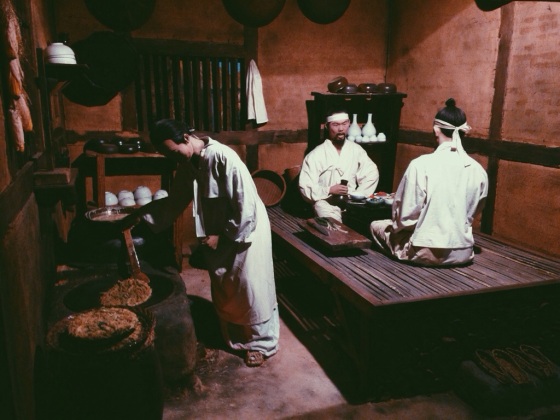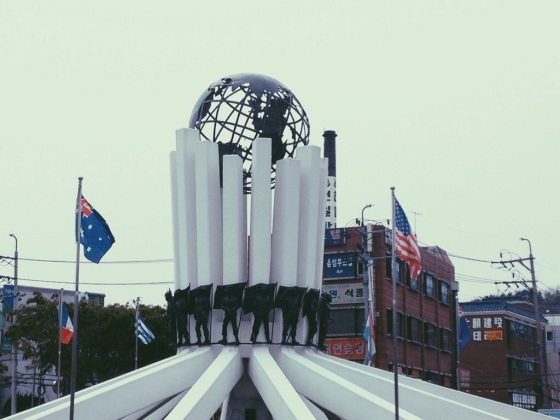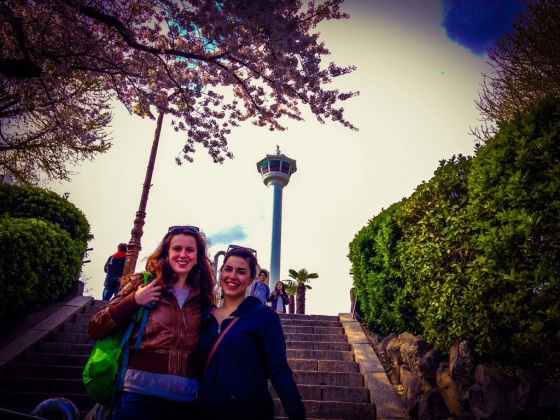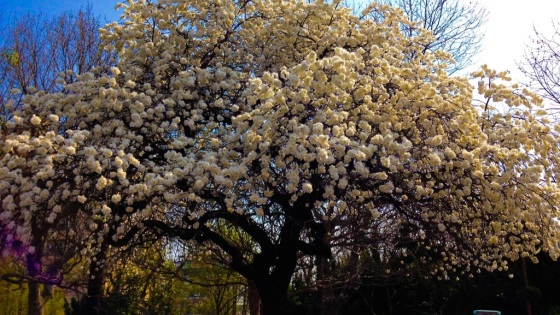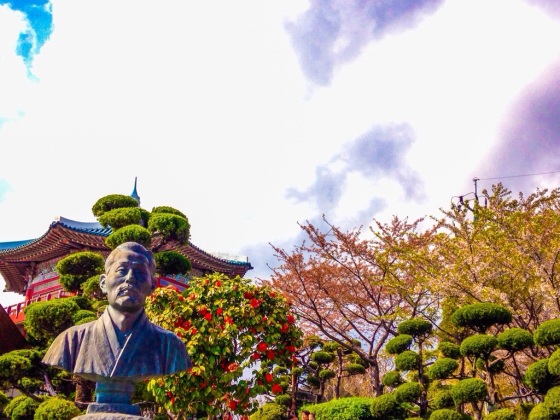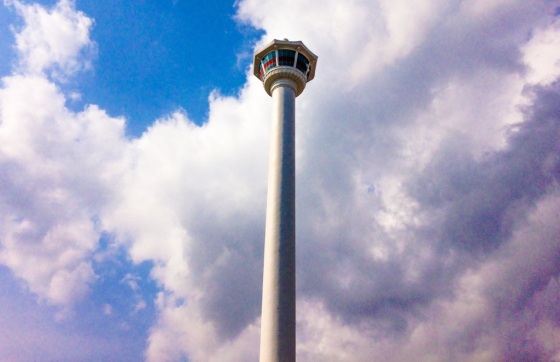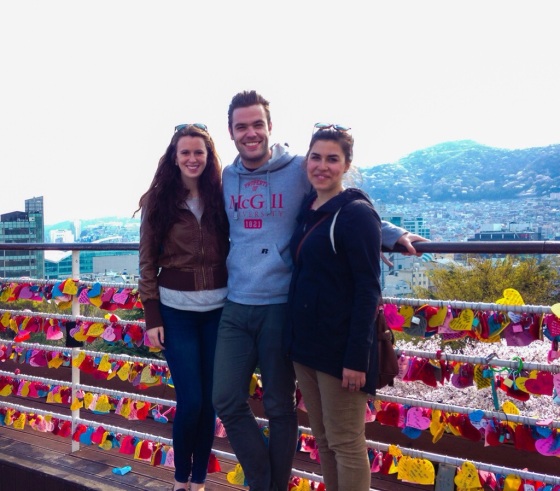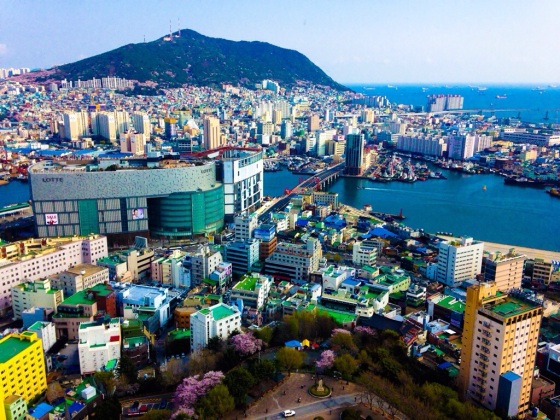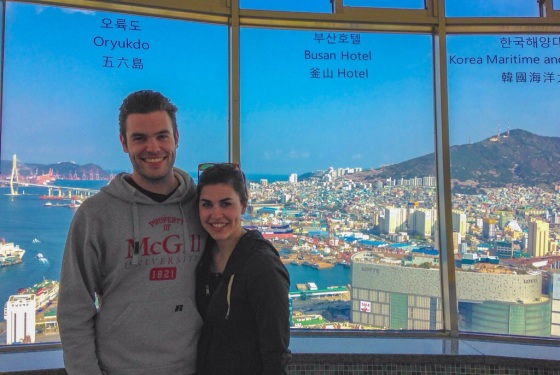
Photo from the Hotel Nongshim website
This is a Busan Ex-Pat City Guide post. Check out the rest of my list here.
If there’s one thing that you should know about my friends and I during our year in Korea, it’s this: we love to get naked and soak our bodies in large, gender-segregated bathhouses, all while surrounded by hordes of (also naked) Koreans. This locale, otherwise known as a “jjimjilbang”, has been a constant weekend addiction since I arrived in Busan eight months ago. I still hold that fateful Sunday in August when the girls took me to the famed Centum City bathhouse, Spaland, as a cherished memory. [Read more about Spaland here.]
Given our addiction to Spaland, it seemed only natural to expand our horizons to other jjimjilbangs throughout the city. Labelled “the biggest and baddest hot spring fed spa in all of Asia”, Hurshimchung Spa is located in the charming Dongnae neighbourhood, an area that I had yet to visit after five and a half months in Busan. During my obligatory “pre-Bucket-List-research-session”, I was intrigued to learn that like all of the “Dynamic Busan hot spots”, Hurshimchung had a lore, all its own.

Fountain in the lobby of the Hotel Nongshim
As the story goes, after a weary journey through the Korean peninsula, a white crane stopped to dip its infirm legs into the hot springs of Dongnae. Shortly after, it left just as quickly as it came, completely cured from the healing waters. An elderly woman witnessed this miracle performed, followed the crane’s lead, and wouldn’t you know it – she was healed, too! With marketing like that, it’s no wonder that people from all over Asia travel to Busan to dip their own infirm bodies into these hot spring fed baths.
The girls and I met in Dongnae, and began our search for the Hotel Nongshim, which houses Hurshimchung Spa. This search proved fruitless, possibly because we began following a middle-aged Korean woman through the twists and turns of Dongnae. [Note: We were just assuming that she was insistent upon helping us find the spa since she didn’t actually speak any English. The poor soul ended up leading us in completely the wrong direction. I’m choosing to believe that she was just as confused as we were, and wasn’t hatching some sinister plot in the streets of Dongnae.] After splitting from our new Korean pal, we stumbled upon the hotel, weary from our journey, just as the white crane had been after his.
Upon separating from the girls, stripping down, and entering the baths, I soon learned that Hurshimching was indeed as popular as the interwebz had indicated. The shower area was literally crawling with people. It was so crowded in fact, that each shower stall was often occupied by two men bathing together. I’m all for men bathing together, but this was slightly bizarre. The whole scene was admittedly overwhelming, as I waited for a stall to free up. All the while, I’m standing there, nude, trying to communicate with only a look that said, “sorry, I’m next in line for this shower, so please back off.”
The bath area wasn’t much better with regard to over-crowding. My experiences at Spaland have always afforded me great personal space. I do my thing, the other patrons do theirs, all is well. At Hurshimching, the concept of a “personal bubble” dissolved like the green tea extracts they put into the baths. There were old Korean men basically sitting on my lap, as if I were Santa Clause and this bathhouse were a shopping mall. There were children with full-on snorkelling masks and fins diving into the hot-tubs. At one point, a child literally swam up THROUGH my legs. Let’s all just remember that I’m fully naked at this point in the recap.
Despite the crowds, Hurshimchung’s bath facilities were gorgeous. There were two “cave baths” in the corner, baths with names like “Philosophy Bath” and “Champagne Bath”, baths containing green tea and jasmine extracts in them, baths where you could watch television, a waterfall bath that pelted your body as you knelt down in child’s pose, and an “open air bath” for those brave enough to venture into the chilly outdoors, naked (which I was, obviously).
I ended up finding a quiet corner on the second level of the bathhouse to escape the madness below. When I returned to the first level, things had mellowed out a little bit, and I spent my remaining time relaxing in the cave bath.

The patbingsu offerings at Hurshimchung
Afterwards, I met the girls in the communal “Grand Resting Room”. They were even less enthused than I was about their Hurshimchung experience. The girls vowed to never return again, and I felt obliged to agree, if only because of Spaland’s relative proximity to my apartment complex. We ended up ordering noodles and our favourite frozen dessert, patbingsu. In a common trend, both turned out to be slightly inferior to the treats served at Spaland. We opted to leave the spa right away, avoiding the crowded bath area on our way out.
Besides the pretty bath facilities, the one thing that Hurshimchung really has going for it is the jjimjilbang attire they provide you with. The robes are positively Saved by the Bell-esque, and much more visually appealing than the brown and burgundy robes provided by Spaland. I plan on transforming the pants into beach shorts with the help of a tailor.

Don’t let the creeper teeth fool you – I’m not thrilled
In my opinion, Hurshimchung’s bath facilities are far superior to Spaland’s. However, Spaland trumps Hurshimchung in almost every other aspect. Spaland allows for a much quieter experience, is generally cleaner, and has better amenities. Hurshimchung’s “Grand Resting Room” looks like Hobo Junction compared Spaland’s relaxation room. Hurshimchung’s cafe is an adequate size with mediocre food. However, their resting room and cafe are the only places where patrons can really go outside the baths. Spaland, on the other hand offers a DVD room, a spacious outdoor foot bathing area, a relaxation room, a room filled with oxygen tanks – you get the idea.
In conclusion, if you’re looking for a relaxing spa experience, Spaland is probably for you. If you’re looking for a naked, waterpar-esque experience, head on over to Hurshimchung. Don’t forget your snorkelling gear.
Directions
To get to Hurshimchung Spa, take the Orange Line on the Busan Subway (Line 1) to Oncheonjang Station (stop 127). Go out exit 1, and ascend the pedestrian overpass on your right to cross the street. Take two rights; the first at the traffic light after the pedestrian overpass, and the second at the Woori Bank. Hotel Nongshim will be on the left side, and Hurshimchung is just behind it. There’s an escalator in the hotel lobby which will lead you to the spa. Entrance is ₩8,000 and gives you admittance to the baths and all other amenities. Spa robes cost an additional ₩2,000.


